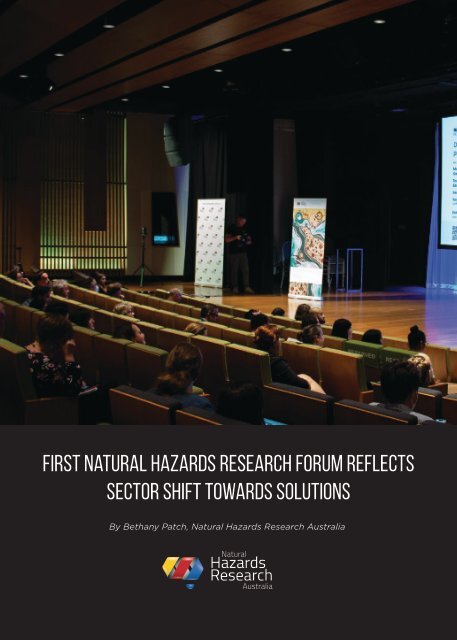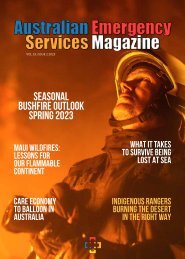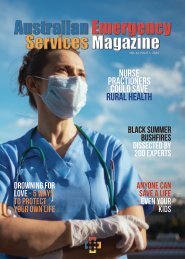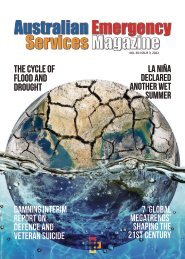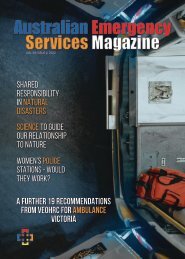First Natural Hazards Research Forum reflects sector shift towards solutions By Bethany Patch, Natural Hazards Research Australia
Engaged representatives from research, industry, government and community sectors met early this month to drive tangible change through natural hazards research and innovation at the inaugural Natural Hazards Research Forum. The aim of the Forum was to focus on the future, with a shift from identifying natural hazards problems to actively solving them. The Forum was hosted by Natural Hazards Research Australia on Turrbal and Yuggera land in Brisbane from 12– 14 October <strong>2022</strong>, in acknowledgement of the United Nations’ International Day for Disaster Risk Reduction on 13 October. Three hundred attendees came together, predominantly in person but also online, to collaborate on the current state and future of natural hazards research in Australia – what it is, what’s being done, how it can be used and what should be done. Across three days of programming, attendees heard from more than 65 speakers in keynotes, panels and interactive sessions, as well as extra morning and evening events. The Forum opened with a Welcome to Country from Yuggera man Tommy Bundamba-Ya, before an official launch of the Centre by Minister for Emergency Management, the Hon Senator Murray Watt, alongside Queensland Minister for Fire and Emergency Services, the Hon Mark Ryan MP. “Researchers are unsung heroes in the emergency management sector,” Senator Watt said. “None of the work we are doing in emergency management can be done in isolation and I want to thank you all for your ongoing commitment to collaborating across the sector. The work you’re doing is making a real change to how we all respond to natural hazards.” The Centre’s CEO Andrew Gissing’s opening address set the tone for the agenda across the three days. “Disasters are more complex than they’ve ever been and are being driven by large global forces. We are very good at describing the problems but the key thing that we need to focus on is the solutions. How do we work together through research, innovation and science to keep our communities safe from natural hazards?” he said. Chair of the Centre’s Board, Dr Katherine Woodthorpe, reiterated the importance of collaborating to create actionable research that addresses major challenges. “Our aim here is to pose the big questions, to guide us all to solutions to the inevitable challenges of today, tomorrow and the longer term,” Dr Woodthorpe said. Attendees also saw keynote presentations from Prof Mary O’Kane AC; Head of Climate and Security Policy Centre, Dr Robert Glasser; Dominique Hogan-Doran SC, CEO of Landcare NSW, Dr Turlough Guerin; Brendan Moon, Coordinator-General for Emergency Management at the National Emergency Management Agency, giving his first keynote in this new role; Prof Lauren Rickards, RMIT University; and Zoe Robinson from the NSW Advocate for Children and Young People. Innovative research solutions to future problems Across all sessions, there was a renewed focus on how to better leverage innovative, useful and usable research evidence moving forward. Innovative advancements were key to the Operational Response and Innovation session, which brought together multi-disciplinary experts to unpack operational data that is ready for agency utilisation. Leigh Kelson from FireTech Connect outlined some of the technologies already available to start analysing www.ausemergencyservices.com.au 12


